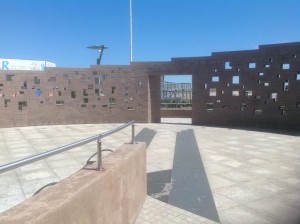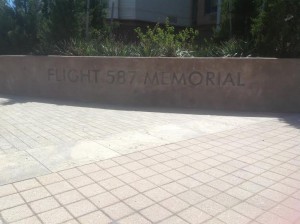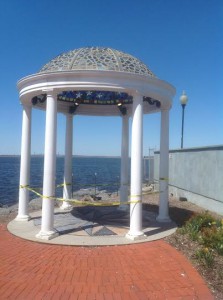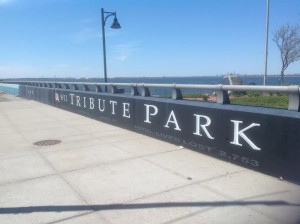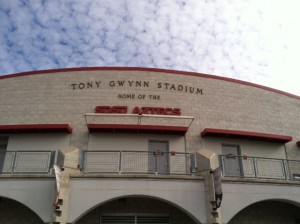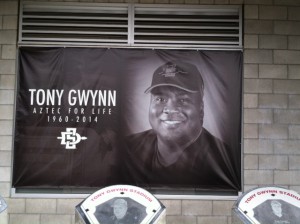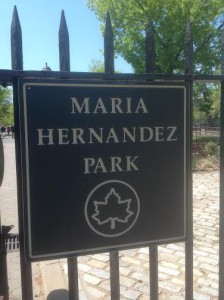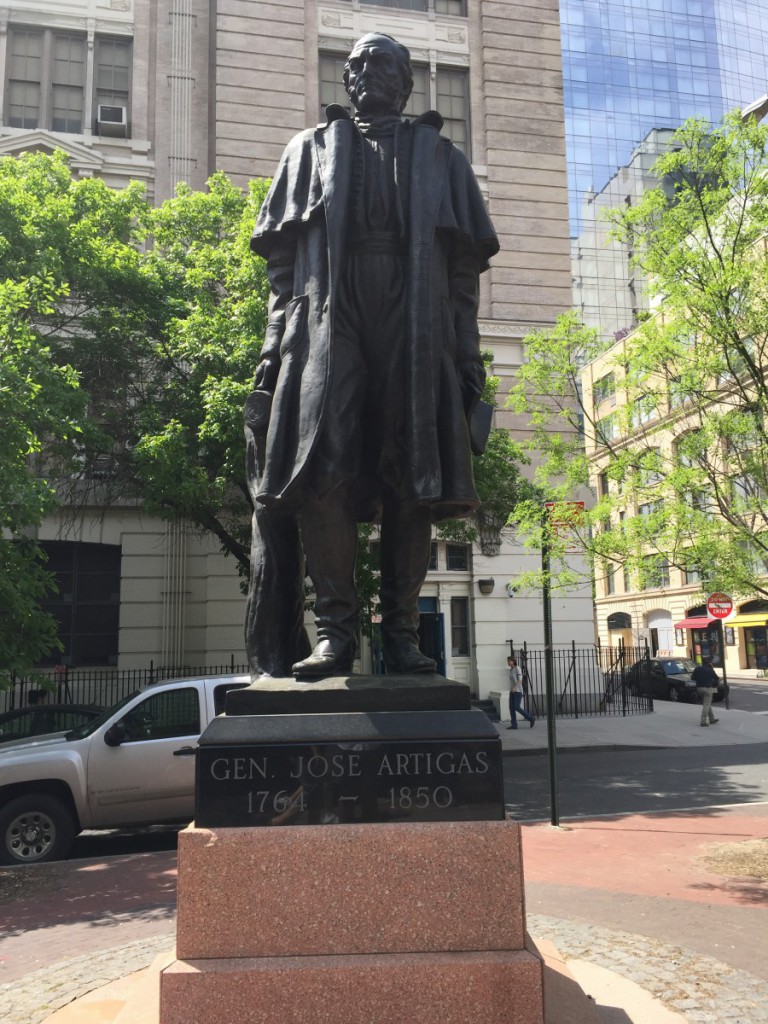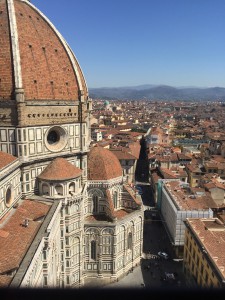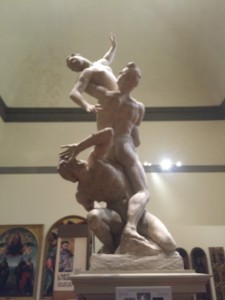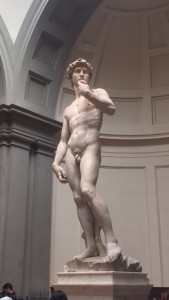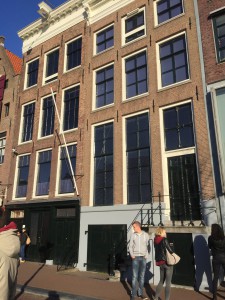
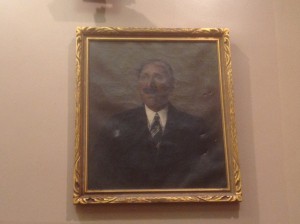
Just who was George E. Wibecan? It’s a question I ask myself each time I see his portrait in the school’s auditorium. I thought whoever he was; his contributions to the community must have been significant for a school to be named in his honor. As my research on him began, I quickly realized that tracing Mr. Wibecan’s mark on Brooklyn history was not as simple as I thought.
Most of the biographical information about Mr. Wibecan was written in his obituary, published in the Brooklyn Daily Eagle on Friday, July 19, 1912. Mr. Wibecan, being of Danish and West Indian decent, was born in St. Croix. At the age of thirty-two, he joined in holy matrimony to a woman sixteen years his junior. He and his wife immigrated to the United States in 1863. He and his wife had one child, George E. Wibecan Jr.
George E. Wibecan Sr. was actively in the fight against injustices and discrimination against Black people. Mr. Wibecan was president of the H.H. Garnet Republican Club, served chairman of the Negro division of the Republican State Committee. He was probably led into political activism due to incidents that he personally experienced. According to his obituary, Mr. Wibecan was chased by a mob during the Draft riots in New York in 1864. He was able to escape by hiding in a boat within the Brooklyn Navy Yard. In addition to his work within the New York political scene, he had his own business in fruit trading, and served as a postal superintendent for the United States Postal Service.
George E. Wibecan died on July 18, 1912 in his home in Cypress Hills, NY. He was a member of the Holy Name Society, in addition to other organization of the Catholic Church. Not surprising,
My last thought about Mr. George E. Wibecan Sr. is that there is so much more to his story of activism and political influence still to be discovered. From what I have read, George Wibecan was well connected and respected in the community and state because of his dedication to the cause of achieving equality for those being denied their lawful rights.

